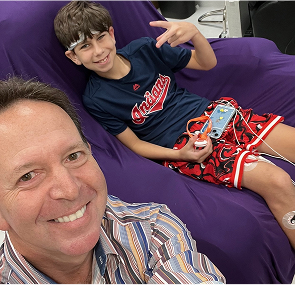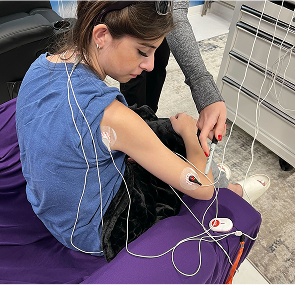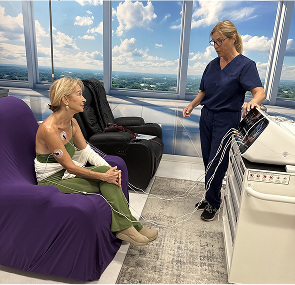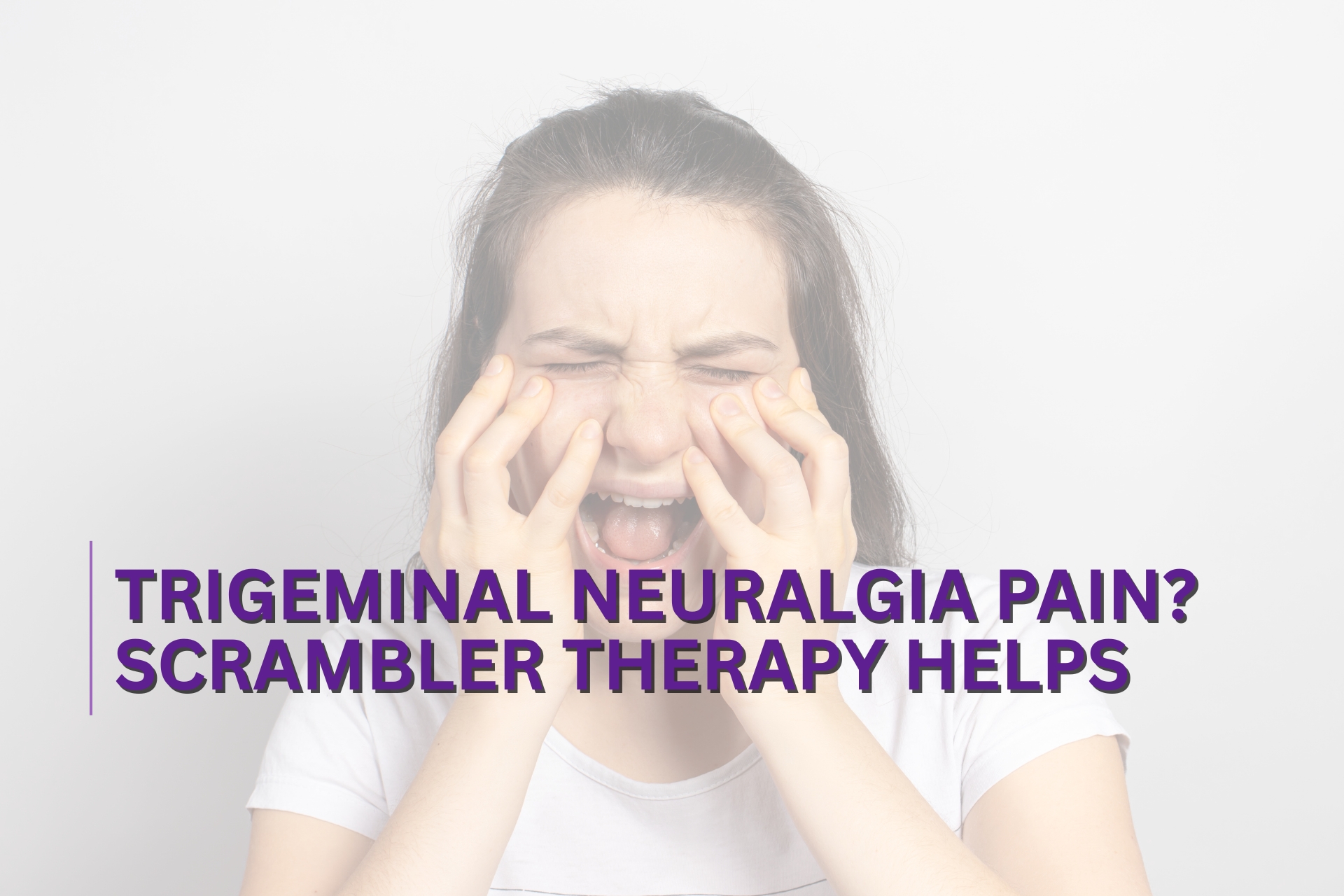Understanding the Types of Neuropathy and How Scrambler Therapy Helps

Neuropathy affects millions worldwide, causing chronic pain, numbness, and muscle weakness. Traditional treatments often provide limited relief, but Scrambler Therapy is emerging as a revolutionary, non-invasive alternative. This article explores neuropathy, its causes, symptoms, and how Scrambler Therapy offers hope for lasting pain relief.
Introduction to Types of Neuropathy
Neuropathy refers to a collection of disorders arising from nerve damage. It often manifests as chronic pain, tingling sensations, muscle weakness, or loss of sensory function. While neuropathy commonly affects peripheral nerves, it can also disrupt motor, sensory, and autonomic nerve functions.
Recognizing the complexity of neuropathy is vital for determining suitable treatment options. Among recent advancements, Scrambler Therapy has become a groundbreaking solution for managing the chronic pain associated with this condition. Unlike traditional pain treatments, it rewires the brain's perception of pain signals, offering hope to patients who have struggled with conventional approaches.
What Is Neuropathy?
Neuropathy refers to nerve damage disrupting sensory, motor, or autonomic functions. Common symptoms include:
- Tingling, burning sensations, or numbness
- Muscle weakness and loss of coordination
- Blood pressure fluctuations and digestive issues
For treatment to be effective, the kind of neuropathy must be determined.
What Causes Neuropathy?
1. Diabetes-Related Neuropathy
Diabetic neuropathy occurs due to prolonged high blood sugar levels damaging peripheral nerves. Symptoms include:
- Burning pain and numbness in extremities
- Increased fall risk due to poor balance
2. Infections and Autoimmune Disorders
Conditions like shingles, HIV, and Lyme disease can inflame nerves. Autoimmune diseases such as lupus and rheumatoid arthritis may also trigger neuropathy.
3. Physical Trauma and Toxin Exposure
- Injuries from accidents or repetitive stress can damage nerves.
- Heavy metal poisoning, alcohol abuse, and certain medications contribute to nerve degeneration.
4. Genetic and Idiopathic Neuropathy
Inherited disorders like Charcot-Marie-Tooth disease and cases with unknown causes (idiopathic neuropathy) pose unique treatment challenges.
Early intervention can slow progression and improve outcomes.
Types of Neuropathy
Neuropathy is classified based on affected nerve types:
1. Sensory Neuropathy
- Tingling, burning, or hypersensitivity
- Loss of sensation in hands and feet
2. Motor Neuropathy
- Muscle weakness and cramps
- Difficulty with coordination and mobility
3. Autonomic Neuropathy
- Dizziness, blood pressure fluctuations
- Sweating irregularities, digestive problems
4. Mixed Neuropathy
A combination of sensory, motor, and autonomic nerve damage leads to complex symptoms.
Types of Neuropathy Symptoms
Recognizing symptoms early helps in seeking targeted treatments.
What Is Scrambler Therapy?

Scrambler Therapy is an innovative, FDA-cleared, non-invasive treatment for neuropathic pain. It retrains the brain’s perception of pain signals, replacing them with normal sensory information.
How Scrambler Therapy Works?
- Sends non-pain signals to the brain through electrodes
- Leverages neuroplasticity to replace chronic pain responses
- Provides long-lasting relief after multiple sessions
Benefits of Scrambler Therapy
✅ Non-invasive: No surgery or injections
✅ Drug-free: Reduces reliance on pain medications
✅ Proven efficacy: According from Johns Hopkins Medicine show that 80–90% of patients report significant pain relief with Scrambler Therapy, making it a superior alternative to traditional treatments.
Further validating its success, a meta-analysis in Pain Physician Journal confirms that scrambler therapy substantially reduces pain scores for individuals suffering from chronic conditions.
Many patients experience immediate improvement after a few sessions.
Scrambler Therapy vs. Traditional Treatments
Unlike TENS therapy, which only blocks pain temporarily, Scrambler Therapy reprograms pain pathways for sustained relief.
Who Can Benefit from Scrambler Therapy?
Scrambler Therapy is ideal for individuals with:
- Diabetic neuropathy
- Chemotherapy-induced neuropathy
- Post-surgical nerve pain
- Failed responses to other treatments
Many patients who previously found no relief with medications or therapy experience significant improvement.
Real Patient Success Story
"I was given a peripheral neuropathy diagnosis a few years ago. The pain, tingling, and numbness made daily life unbearable. After 13 sessions of Scrambler Therapy, I finally felt like myself again. My symptoms dramatically improved, and I regained my quality of life!"
— Sarah L., Miami, FL
Experience Relief with South Florida Scrambler Therapy

Why Choose Us?
✔ Expert Team: Led by certified specialists Dr. Rick Markson, Dr. Isaac Ashcraft, and Dr. Richard Drucker
✔ Proven Results: High success rates in treating chronic pain
✔ Personalized Care: Customized treatment plans for each patient
Take the First Step Toward Pain-Free Living
🔹 Call us at 954-476-6661
🔹 Visit southfloridascramblertherapy.com
🔹 Schedule your free consultation today!
Regain control, restore comfort, and live pain-free with Scrambler Therapy. Your journey to relief starts here!
FAQs About Types of Neuropathy and Scrambler Therapy

What are the main types of neuropathy?
Sensory, motor, autonomic, and mixed neuropathy affect different nerve functions.
How is neuropathy diagnosed?
Through medical history, nerve conduction studies, and blood tests.
Can Scrambler Therapy cure neuropathy?
It doesn’t cure the condition but significantly reduces pain and improves quality of life.
How many Scrambler Therapy sessions are needed?
Most patients require 10–12 sessions, though results vary.
How does Scrambler Therapy differ from TENS?
Unlike TENS therapy, which blocks pain temporarily, Scrambler Therapy reprograms pain perception for longer relief.
Does insurance cover Scrambler Therapy?
Coverage varies—consult your provider for details.
Start Your Pain-Free Journey Today






